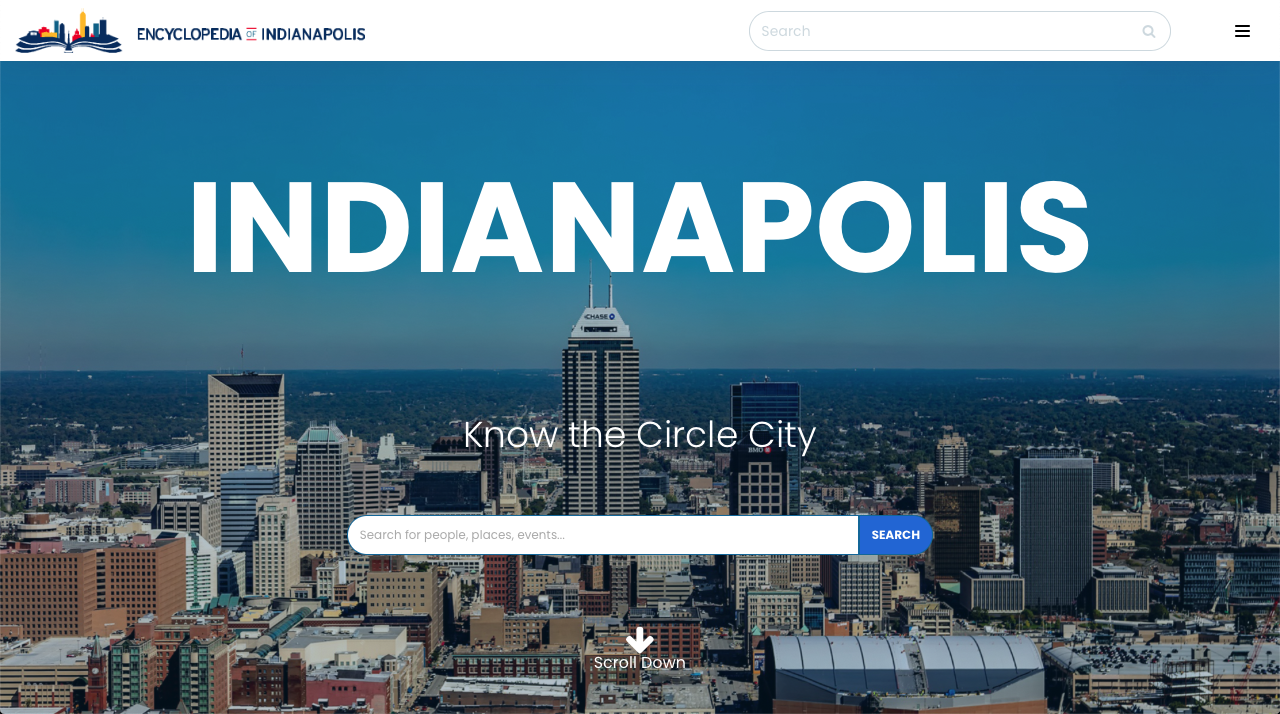Web-Based Encyclopedia Portrays City’s Achievements and People
The Encyclopedia of Indianapolis highlights our city’s past and present. After more than two years of development, the Encyclopedia of Indianapolis became available to the public. The free-access, web-based encyclopedia–published at indyencyclopedia.org–builds on the information featured in the 1,600-page print encyclopedia created by The Polis Center in 1994. The original Encyclopedia of Indianapolis, now 25 years out of date, was once hailed as a national model for urban encyclopedias.
The digital Encyclopedia of Indianapolis provide s comprehensive social, cultural, economic, historical, political, and physical descriptions of Indianapolis while shedding light on the events, people, and organizations that shaped the city’s past and present. Visitors can research historical figures such as Madam C. J. Walker, learn what Indianapolis was like during WWI, and find timelines of current events such as the Covid-19 pandemic. The authors of the 1,900 entries include subject matter experts from all walks of life. A search box allows users to enter a name, term, or phrase to begin a direct inquiry.
The process of updating the original entries to include image-rich and interactive content was overseen by David J. Bodenhamer, former executive director of the Polis Center. The Polis Center transferred continuing responsibility for the Encyclopedia of Indianapolis to the Indianapolis Public Library. IndyPL will ensure the ongoing updating of the interactive resource.
The Encyclopedia of Indianapolis was created in partnership with The Polis Center, Indiana Historical Society, SAVI, University of Indianapolis, IUPUI University Library, Indiana State Library, The Indiana Historical Bureau, Indiana Landmarks, Butler University, Indiana Archives, and Indiana Humanities. Major funding for the Encyclopedia of Indianapolis was provided by Lilly Endowment Inc., Allen Whitehill Clowes Charitable Foundation, R.B. Annis Educational Foundation, The Indianapolis Foundation Library Fund, Nicholas H. Noyes, Jr. Memorial Foundation, M. Jacqueline Nytes, and an anonymous donor.
The Indianapolis Public Library Foundation is raising funds to expand the Encyclopedia of Indianapolis’ content and features. To give, text EOI to 317-967-9287.
For more information, contact Sharon Kandris.


